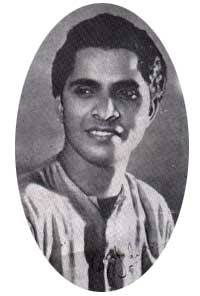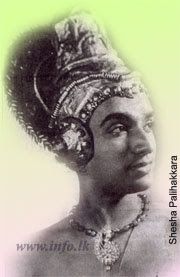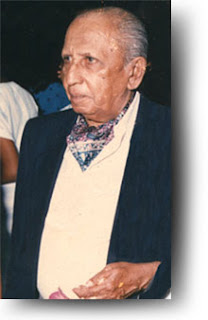Lanka Sithasiya
Endemic & Threatened Birds in Sri Lanka
Local Name : The Ceylon White-Eye
Scientific Name : Zosterops ceylonensis
1. Size of Loten's Sunbird-i.e. smaller than the sparrow, but noticeably larger than the Hin Malkurulla, from which it is readily distinguished by its darker green plumage. Sexes alike.
2. It is even more sociable than the other birds, forming very large, scattered flocks except in the breeding season, when the birds pair off.Always on the move, it spends its waking hours in an almost caseless search for small caterpillars (the tea tortix, Homona coffearia, being a special favourite), tiny moths, etc.,and in visiting nectar-producing blossoms and berry-bearing shrubs.
The breeding season is from March to May. Sometimes they have a second season in August-September. The nest is large and not quite solidly built. It is a neat cup, composed of fine fibers, moss and fluff, slung hammock-wise in a fork of a leafy twig. They lay two eggs that measure about 16.2×11.3mm. The eggs are very pale prussian blue in colour.
3. It is found only in the Sri Lankan mountains above 3,000 feet; at the higher elevations, above about 5,000 feet, it is, I think unquestionably, the commonest bird.
Lanka Kahibella - Sri Lanka blue magpie

Kahibella
Endemic & Threatened Birds in Sri Lanka
Local Name : Ceylon Blue Magpie
Scientific Name : Cissa ornata (Wagler)
1. Between the Mynah and House Crow in size, but with a long, much graduated tail. Sexes Similar.
2. It is scarce and usually shy, but locally common and bolder. It associates in flocks up to six or seven, but pairs or solitary individuals are sometimes met with. A very energetic, agile bird, most of its time is spent in searching for food among foliage at all levels from the ground to the tops of tall trees. It capture the critters like hairy caterpillars, green tree-crickets, various chafer beetles, tree-frogs and lizards.
The breeding season is in the first quarter of the year, so far as is known, but the nest has seldom been found. The nest resembled a small crow's nest. It is very well concealded among small twigs and foliage near the top of the tree. The eggs number three to five and are whitish, profusely spotted and speckled with various shades of brown. They measure about 30.5 × 22.1 mm.
3. It inhabits the heavy virgin forests of the mountains and wet-zone foot hills.
 Hisa-sudu Sharikava - Sri Lanka White Faced Starling
Hisa-sudu Sharikava - Sri Lanka White Faced StarlingHisasudu Sharikava
Endemic & Threatened Birds in Sri Lanka
Local Name : Sri Lanka White-faced Starling
Scientific Name : Sturnus senex (Bonaparte)
1. Size, between red-vented Bulbul and the Common Mynah Sexes similar; the young are duller, and have less white on the head. This is a sleek slenderly-built bird, with white forehead, face, throat and under tail-coverts; the white of the head merges streakily into the greenish-grey-black of the back, wings and tail; and the white throat shaded into the smoky-grey of the breast and underparts, which are streaked with white.
2. It is strictly arboreal, frequenting the tops of tall trees, and commonly associates in small flocks. Its food consists largely of wild fruits, such as cinnamon berries and the figs of several species of Ficus, but it doubtless eats insects; and like many other birds, it is very fond of the nectar of the red cotton tree.
The nest appears to have discovered only once-in April, by Frederick Lewis, many years ago. It was in a tree-hole, and the two eggs were lying on bare wood. They were pale blue, and measured about 25.6 X 20 mm.
3. This is a rare bird, confined to the tall forests, and their adjacent patanas and clearings of the wet zone, including the Adam's Peak range up to 4,000 feet or perhaps higher.



























